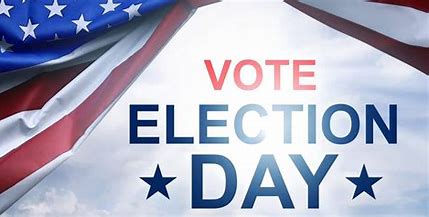As the voting day for the upcoming US presidential elections approaches on November 5, it raises a curious question: Why is Election Day always set for the first Tuesday in November? This practice is not just a matter of coincidence but stems from historical laws and cultural practices that date back to agrarian America.
The Legal Framework: An Act of Congress
In 1845, the US Congress passed an act that established a uniform date for presidential elections. The Act stated: “Be it enacted by the Senate and House of Representatives of the United States of America in Congress assembled, That the electors of President and Vice President shall be appointed in each State on the Tuesday next after the first Monday in the month of November of the year in which they are to be appointed.”
This rule set a specific timeline for when citizens could cast their votes, establishing the first Tuesday after the first Monday in November as Election Day.
Why Tuesday?
Before the 1845 law, states had a 34-day window to hold elections, which had to conclude by the first Wednesday in December. This created inconsistencies, as early voting could influence the opinions of voters in later states. To mitigate this, Congress decided on a fixed date to ensure a fairer electoral process.
In the 1800s, most Americans were farmers who lived far from polling places. Travel took significant time, so lawmakers needed to consider this factor when choosing Election Day. Sundays were off-limits due to church attendance, while Wednesdays were market days. Thus, Tuesday emerged as the most convenient option, allowing voters to travel on Monday.
Why November?
The choice of November also relates to the agricultural calendar. Spring and summer were busy planting and growing seasons for farmers, making it impractical to hold elections during these months. By early November, the harvest was completed, and the risk of severe winter weather had not yet set in, making it the ideal time for citizens to vote.
According to historians, “Spring and early summer elections were thought to interfere with the planting season, and late summer and early fall elections overlapped with the harvest.” Therefore, November became the logical choice for Election Day.
Who Do Americans Vote For?
While it may seem like voters are directly choosing their presidential candidates, they are actually voting for a group of individuals known as electors. When Americans go to the polls, they express their preference for a presidential candidate, which determines how their state’s electors will vote.
The US government explains, “When you vote for a Presidential candidate, you aren’t actually voting for President. You are telling your State which candidate you want your State to vote for at the meeting of the electors.” These electors will then cast their votes for president in December, ultimately determining who will take office.
Early Voting Options
While most voters participate on Election Day, some states offer early voting and absentee voting options. This allows citizens to cast their ballots ahead of time, making it easier to participate without the stress of last-minute scheduling.
As we approach November, understanding the history and rationale behind this long-standing tradition sheds light on the importance of voter participation in shaping the future of the nation.







